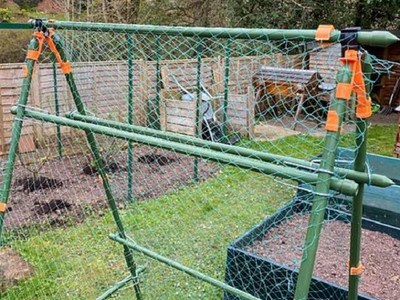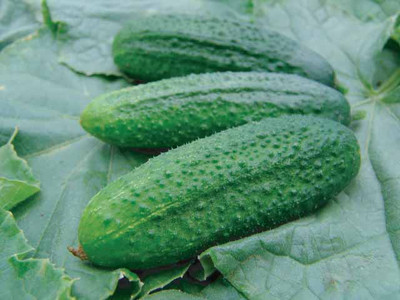The Difference between Indoor and Outdoor Cucumbers
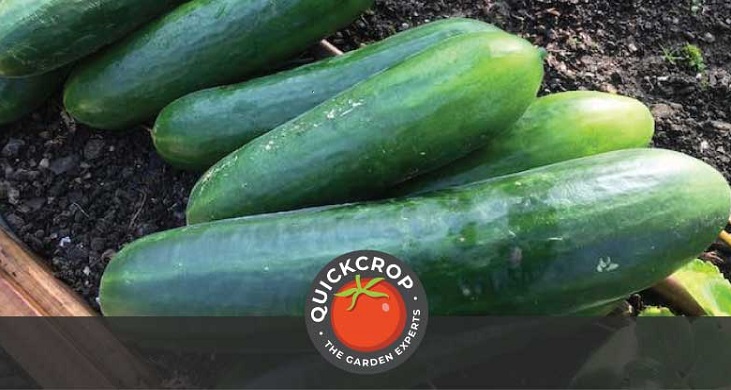
The Cucumber incident
Did I tell you I'm now on TikTok? Despite not really knowing what TikTok is, I made my debut on the controversial social media platform a few weeks ago when Carmel put a couple of videos up (without me knowing). One of the videos was about cucumber flowers in which I made a mistake that sparked an international incident in the comments section. Naturally we responded to admit and correct the error but it got me thinking about these interesting fruits and prompted me to write about them today.

Cucumber 'Passandra F1'
View ProductThe error I made was confusing an outdoor ridge cucumber with an indoor greenhouse one and giving the wrong advice about pollination and removing flowers. The reason for the confusion is the variety in question (Perfection) is a cross between a greenhouse (indoor) and ridge (outdoor) variety but is dealt with in terms of pollination in the same way as ridge cucumbers. This can all appear very confusing so I thought it might be worth explaining as follows:
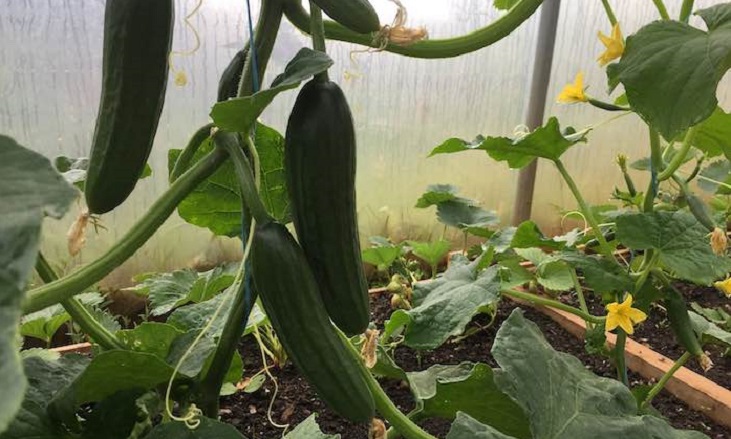
Greenhouse (indoor) Cucumbers
Greenhouse cucumbers need plenty of heat to fruit well so are almost always a greenhouse or polytunnel crop in the UK and Ireland. Greenhouse types are really very easy to grow and will produce huge yields of fruit if given enough heat, moisture and nutrients.
The thing to look out for is whether the cucumber variety is an all female variety (has female flowers only) or a male/female variety with both male and female flowers. This is important because female flowers that are pollinated by the male produce unpalatable fruit with a bitter flavour. Most modern F1 cucumbers are all female (or at least mostly female) while older traditional varieties bear male and female flowers. If you are growing a traditional M/F variety (referred to as gynoecious), the male flowers need to removed to prevent pollination and bitter tasting fruits.
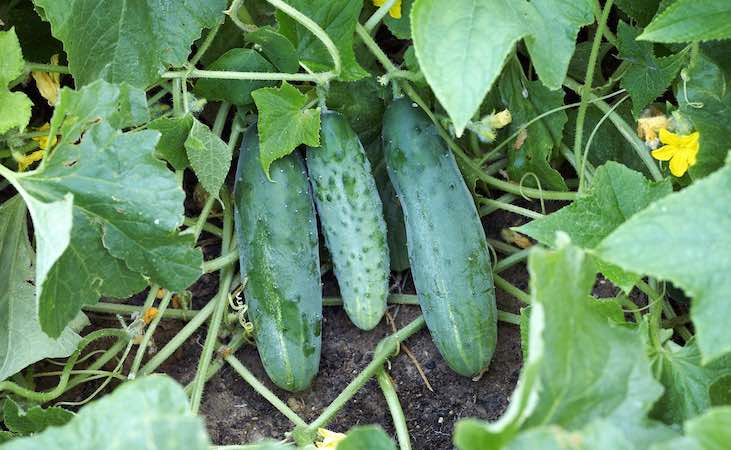
Ridge (outdoor) Cucumbers
Ridge cucumbers (so called because they are traditionally grown on raised ridges) are outdoor cucumbers that are grown at ground level rather than trained up twine or trellis. The fruits generally have thicker and more knobbly skins than greenhouse varieties and are able grow in cooler temperatures.

Cucumber 'Perfection'
View ProductThe difference, in terms of pollination, is that ridge cucumbers need both the male and female flower to produce fruit and that the resulting pollinated cucumbers will not be bitter tasting. There are therefore no all female ridge cucumber varieties. The first mistake I made on my TikTok video was treating the 'Perfection' ridge/greenhouse cross as a greenhouse rather than ridge variety and advising that the male flowers should be removed. The second mistake is that I planted the gynoecious (male/female) 'Perfection' beside my monoecious (mostly female) 'Passandra' vine which will result in cross pollination between the varieties and, therefore, bitter passandra fruit. I will have to remove 'Perfection' plant and see can I move it outside.
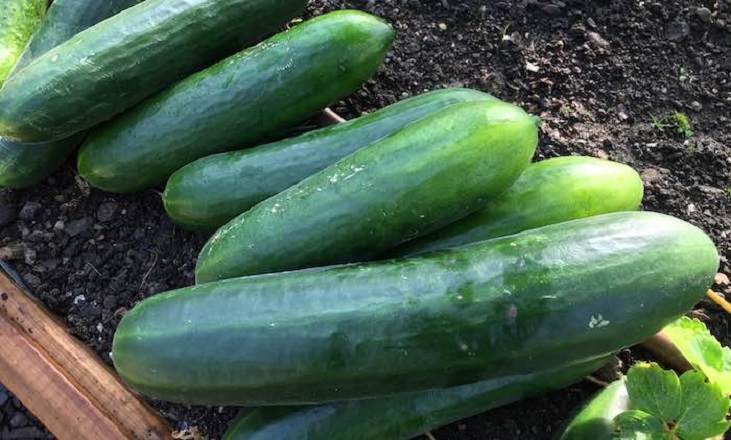
While we are on the subject of cucumbers, I might also point out that the fast growing and large leaved plants need plenty of nitrogen to grow well. I mention this because most people treat greenhouse crops like tomatoes, peppers and cucumbers in the same way and give them all tomato feed.
Related Article: How To Grow Cucumber
Tomato feed is relatively high in potassium (the 'K' in NPK) to promote good fruiting but is not particularly high in nitrogen which, depending on the quality of your soil, your cucumber may need. Cucumber leaves should be large and a rich, dark green. If not, the plants may need more nitrogen either from a bought in high nitrogen feed or from steeping nettles in water for 4-6 weeks and pouring on the nettle 'tea'. Extra nitrogen will be more of a requirement in plants grown in growbags or other restricted containers, I don't tend to need extra feed in my large polytunnel raised beds because they are well fed with compost and manure.




